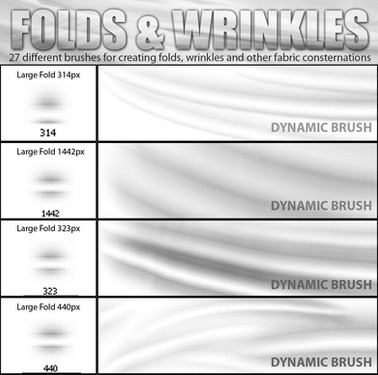HOME | DD
 mewtwo-EX — Illustrator Stroke Width Tool Tutorial
by-nc-nd
mewtwo-EX — Illustrator Stroke Width Tool Tutorial
by-nc-nd

Published: 2013-04-14 06:04:17 +0000 UTC; Views: 22531; Favourites: 355; Downloads: 211
Redirect to original
Description
You need Illustrator CS5 or later to use the techniques discussed here. While this guide discusses vectoring ponies, the techniques can be applied to any stroke width modification.While not mentioned above, you can save stroke width profiles for later use. To do this, select the path, then in the (fully expanded) Stroke pane, click the down arrow next to Profiles, then click the Add to Profiles button. The next time you need that profile, simply select the path, then click the proper profile.
~Yanoda 's fav.me/d5hbvrp has stroke width profiles that can be easily applied to common things such as legs and eyelashes. Use my technique above for more complex items, such as the muzzle.






 Lop-sided strokes can be useful, especially for leg tapers. This alternative taper style as described by =Austiniousi fav.me/d6g4c48 , but using the stroke width tool, has now been added.
Lop-sided strokes can be useful, especially for leg tapers. This alternative taper style as described by =Austiniousi fav.me/d6g4c48 , but using the stroke width tool, has now been added.Everything but the icon was made by me in Illustrator CS6.
Time taken: about a day of on-and-off work.
I'm happy to announce that there are no raster components in the source!
Thanks to ~SirCxyrtyx for helping me develop some of these techniques!
If you find these techniques useful...
If you know of something I'm missing...
If you need additional help...
...leave a comment!
Feel free to repost this places, but don't edit it.
Edit 20130914: Added an alternative taper style as described by =Austiniousi
Related content
Comments: 62

Thank you for your effort on making this tutorial. Definitely a great thing to learn about ^^
👍: 0 ⏩: 1

You're very welcome. Let me know if you have questions or if anything wasn't clear
👍: 0 ⏩: 0

A raster image is made up of pixels; little squares that have a specific color. When you zoom into such an image, or try to make it bigger, the pixels become noticeable.
Vectors define shapes using mathematical equations. This allows you to scale them to huge or small sizes with no loss in quality.
Check out this image [link]
👍: 0 ⏩: 1

lol it all makes sense now. I got rejected from Vector-Mlp because of this. I should upload the svg files then right? Well I'll do that in the future, I should make more vectors first. Thanks a lot, always so helpful.
👍: 0 ⏩: 1

SVGs would be beneficial, and are required for show traces to be accepted into VectorClub. Hit me up on Skype when you start vectoring again for real-time help/tips.
👍: 0 ⏩: 0

The Beta version of Inkscape also has this capability.
👍: 0 ⏩: 1

Does it work the same way a described here?
👍: 0 ⏩: 1

This tutorial could use a section where it talks about the asymmetrical aspect to using the stroke width tool. If you Alt-Click-Drag the outer width-nodes, you can change the width of the strokes on either side of the line. This actually makes it very ideal for doing things like nostrils and inner ear lines by making one side of the stroke have a 0 width.
👍: 0 ⏩: 1

Hmm. Good point. I'll keep it in mind for future revisions
👍: 0 ⏩: 0

























